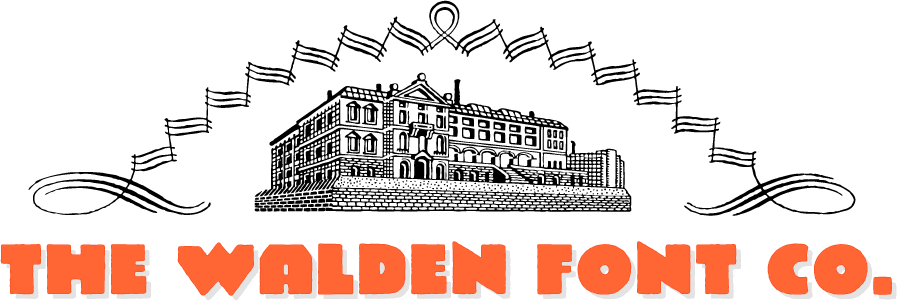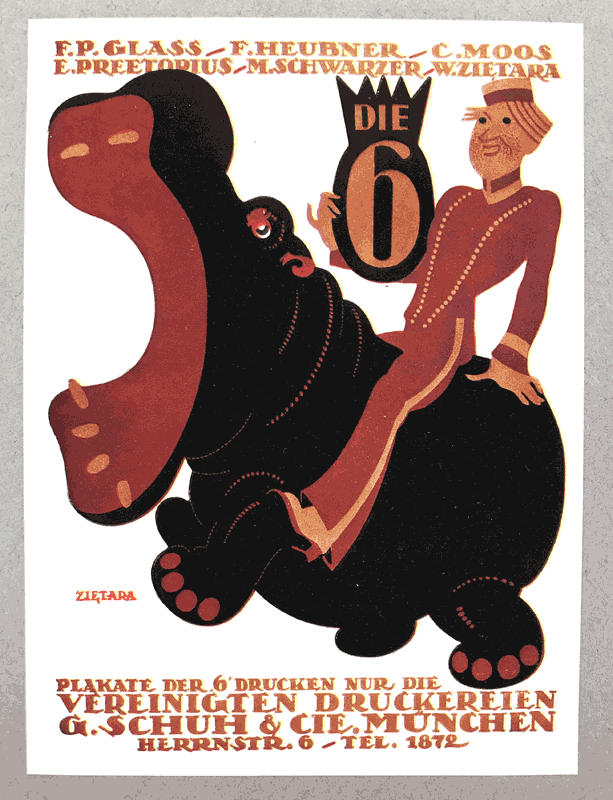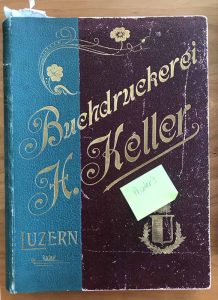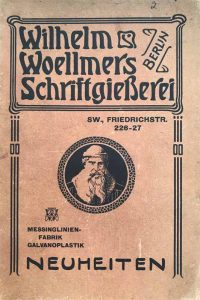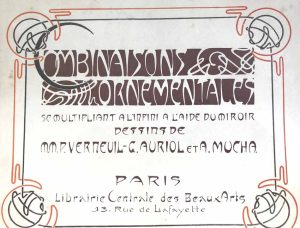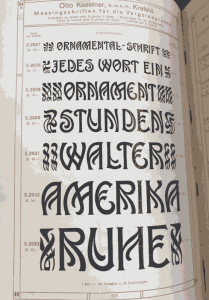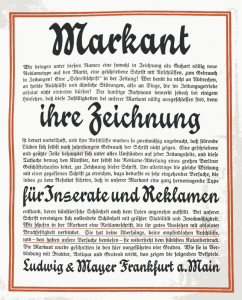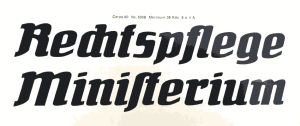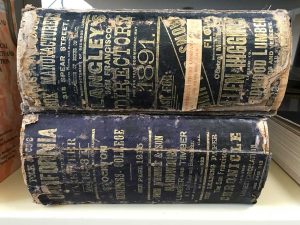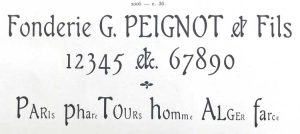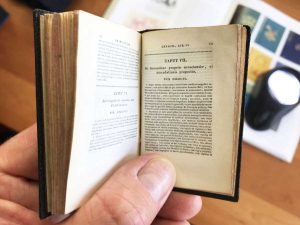Earlier this month I attended a tech conference in San Francisco. At the last minute, my Monday schedule shifted and I’d have all afternoon to myself. What to do? Visit the Letterform Archive, of course! I first learned about this non-profit when they opened in 2015. They are keepers of everything to do with the history of written communication; their library of type design sources is reported to be massive. This place would draw me like a moth to fire any day, but even more so right now: I’m in the middle of research for my next design kit, I’m already in San Francisco, and now I’ve got the time, too. Hell yeah, I’m going!
Google classifies the Letterform Archive as a “museum”, open weekdays ten to six. It’s right between the airport and my hotel, just a twenty minute ride – perfect. Touchdown, luggage, exit, Uber, and I’m there.
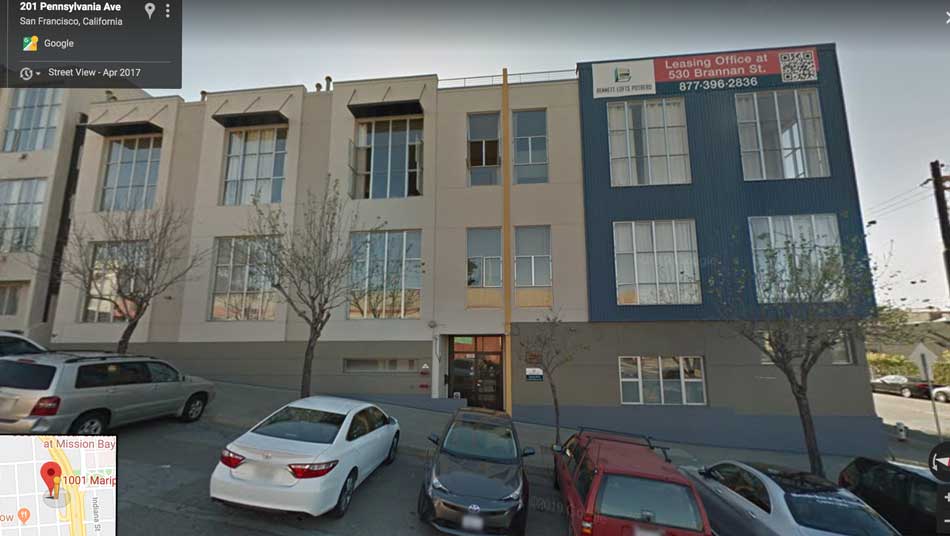
1001 Mariposa is a corner block. Lots of glass, no discernible entrance. No signage, either. I walk around the building. There – a door. Locked. The buzzer wants a PIN. I don’t have a PIN. I do what I should have done in the first place, and call them from the sidewalk. The phone keeps ringing as I stare up at the tall windows. Finally someone picks up.
– Yes, this is the right address.
– No, sorry, no visits today, private event. How about tomorrow?
– Thanks, but I can’t do any other day. Thursday I’m flying back to Boston.
Bummer!
The conference is going well and pushes the Letterform Archive from my mind. But then on Wednesday morning my schedule shifts again; I’ll have two hours in the afternoon! Back on the phone with Elise, the office manager. Yes, sure, short notice, but there’s a slot between four and six. I email a quick introduction, a list of things I’d like to see, and, by way of credentials, a sample of my work. In return I receive directions and the four digit open-sesame for the entry door.
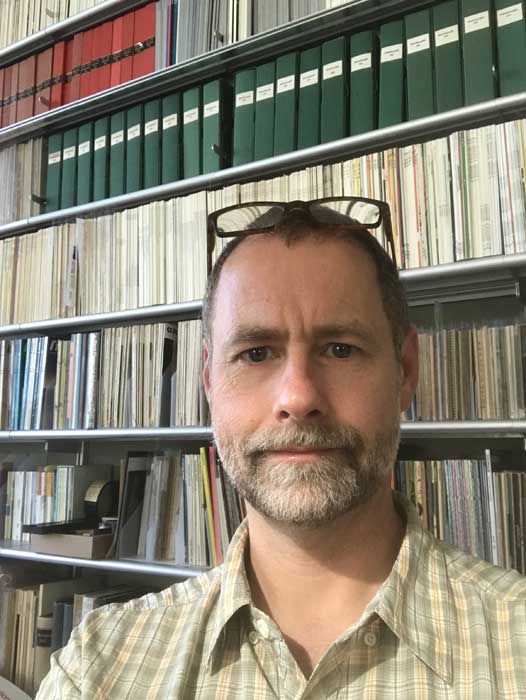
At four o’clock sharp I’m back at Mariposa Street. Three floors up, take a left, down the hall, and there is Paola, welcoming me to the reading room. Light floods through the two-story windows onto a table that consumes most of the space. Shelves of periodicals stretch to the ceiling on the right, there’s lots of framed art on the other walls.
Paola tells me she’ll guide my visit, and motions to a massive stack of books and papers she’s already pulled for me. My backpack goes into a cubby, I wash my hands at a sink. No pens, no liquids, take care of fragile bindings, bathroom is on the left. Yes, photos are allowed. With that, she leaves me to dig through the pile of treasures.

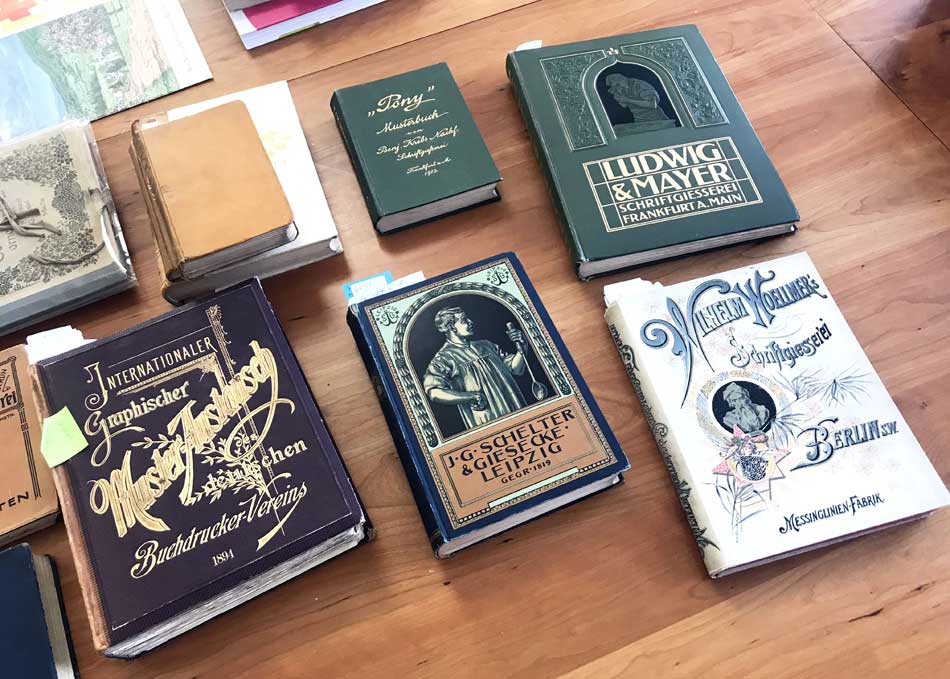
For the next two hours, I’m immersed in samples of billowy Art Nouveau type and leafy, sinuous printer’s ornaments. Next to me, a young woman works away in utter silence. Across from me, Paola taps away on her laptop. I catch her smiling at my frequent Christmas morning noises, and I’m pretty sure she keeps a close watch on my flying fingers. Next to her, Robert Saunders, the father of the Archive, converses quietly with a visiting architect.
Around six the tension eases. I’ve made it through all my material. I am full, and so is my camera. The conversation soon becomes general, as happens among people with a shared passion. Unseen staff members noisily end their work day, there is a small dog, the architect takes his leave. Robert invites the young lady and myself to a quick behind-the-scenes tour of the stacks, the archive’s storeroom.
The reading room was a revelation. But the stacks – the stacks are Nirvana! Tens of thousands of books, specimen sheets, catalogs, original drawings in a maze of sky-high shelves. Robert breezes through the aisles, pointing, explaining, pulling treasure after treasure from shelves left and right. We can only glance at each; onward, onward, for it’s already well past closing.

We end up back in the reading room, where Robert quickly shows us another treasure: a box full of tiny books, set in minuscule fonts. At last I reluctantly grab my things and thank my amazing hosts. Sincere handshakes and au revoirs all around, and I’m back on the streets of San Francisco – for now. The Letter Archive hasn’t seen the last of me!
In the meantime, I’m happy to know that the Archive maintains an imaging service, and produces superb scans and photos of any material to order. But for that, you’ll already need to know what you want. To pan for gold in them thar hills (of paper), a personal visit is the only way. I highly recommend it.
Do plan ahead, though!
